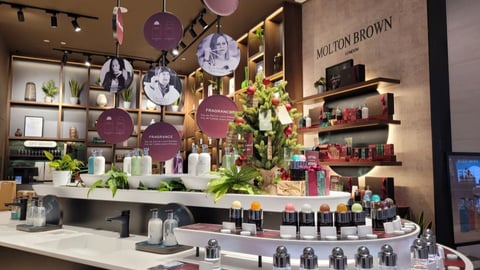Email or Text? How TULA Stopped Wondering Which One is Best
Texting has become the de rigueur platform for consumer goods brands seeking to connect with consumers — Juniper Research pegged the global mobile business messaging traffic at 10% growth in 2020 — but many are still experimenting with the best way to maximize it.
For skincare and wellness brand TULA, this has meant testing the right email/texting engagement recipe. Founded in 2014, the company develops products that incorporate probiotics and superfoods, with a body-positivity mission of “beauty from the inside out.”
As it grew, TULA sought a partner to help it manage the increasing demand and marketing needs that accompany a scaling DTC brand, especially surrounding consumer texting. The brand launched its SMS program in the beginning of 2020 and immediately experienced dramatic growth.
“TULA customers are predominantly shopping on mobile devices, so it made sense to launch a robust mobile offering that would have a sales impact quickly, but also serve to build a foundation for effective customer outreach to drive continuous engagement,” Zack Abbell, TULA VP of digital and e-commerce, tells CGT.
Like many CGs, TULA faces the common challenge of ensuring all consumer touchpoints are optimized; however, many solutions pledging to help are fragmented between traditional email service providers and SMS providers, Abbell says, which can make it more difficult to optimize outreach to consumers through their preferred channel.
In order in order to maximize its open, click and conversion rates, TULA first enlisted the help of Listrak in 2019 to help it develop a unified view of a singular consumer, which drove both engagement and retention growth on its direct-to-consumer website.
TULA can now trigger automated contacts through the channel the consumer prefers vs. duplicating efforts that over-message users and increase costs. The platform provides a single view of the buyer, collecting interactions and predicting future behavior.
“As marketers, we spend a significant amount of time working to link technologies together only to see data inconsistencies and abnormalities,” Abbell notes. “With a unified platform, it reduces double-counting and creates a more trustworthy view of KPIs and individual customer behavior.”
He describes the growth as “astronomical.” TULA’s email program more than doubled sales and revenue year over year, while its SMS program went from zero to seven figures over a short period of time.
Its TULA.com DTC channel, meanwhile, has seen close to 300% sales and revenue growth.
As the company has grown both these lists and tested consumer experience optimization for both platforms, the company must frequently weigh which communication method it should request from consumers first. Listrak in turn launched GXP late last year to help the brand test into both collections so can it can better understand if she should ask for email or SMS first, and whether to require both or just one form of communication.
The A/B testing provided visibility into the best route by factoring in both collection and subsequent value of other automated programs in place.
Because TULA marries its email and SMS strategies, it’s able to control communication to consumers’ preferred platform based on their activity, with channels working together to manage communication.
“We’re seeing that our most loyal customers are engaging in SMS at a higher rate, so we also feel confident that it will continue to be a strong relationship management tool in the future, as well as an efficient revenue driving channel,” says Abbell.
Abbell is a strong SMS evangelist for other consumer goods brands considering the platform.
“At this point, all consumer goods companies not engaging through SMS/MMS are missing out on a significant CRM engagement tool and leaving revenue on the table.”





